26 Amazing Facts About Makeup and Cosmetics
Mizuka Ishiwatari
Published
04/10/2015
Learn more about the stuff you probably use.
- List View
- Player View
- Grid View
Advertisement
-
1.
 Roman philosopher Plautus once quipped, “A woman without paint is like food without salt.
Roman philosopher Plautus once quipped, “A woman without paint is like food without salt. -
2.
 In ancient Egypt, cosmetics were an integral part of hygiene, health, and ritual. Pills and creams protected against the sun and dry winds, and oils were used in perfumes in religious rituals.
In ancient Egypt, cosmetics were an integral part of hygiene, health, and ritual. Pills and creams protected against the sun and dry winds, and oils were used in perfumes in religious rituals. -
3.
 The word “cosmetic” is from the Greek word kosmos (related to cosmos), meaning to arrange, order, or adorn.
The word “cosmetic” is from the Greek word kosmos (related to cosmos), meaning to arrange, order, or adorn. -
4.
 Cosmetic, or plastic, surgery is a booming $20 billion business and continues to grow. The number of plastic surgeries in America has increased by over 220% since 1997.
Cosmetic, or plastic, surgery is a booming $20 billion business and continues to grow. The number of plastic surgeries in America has increased by over 220% since 1997. -
5.
 Brazil has more “Avon Ladies” (900,000) than it has men and women in its army and navy.
Brazil has more “Avon Ladies” (900,000) than it has men and women in its army and navy. -
6.
 The currently biggest hair care brands gained amazing popularity largely in part of using vitamin ingredients in advertising them.
The currently biggest hair care brands gained amazing popularity largely in part of using vitamin ingredients in advertising them. -
7.
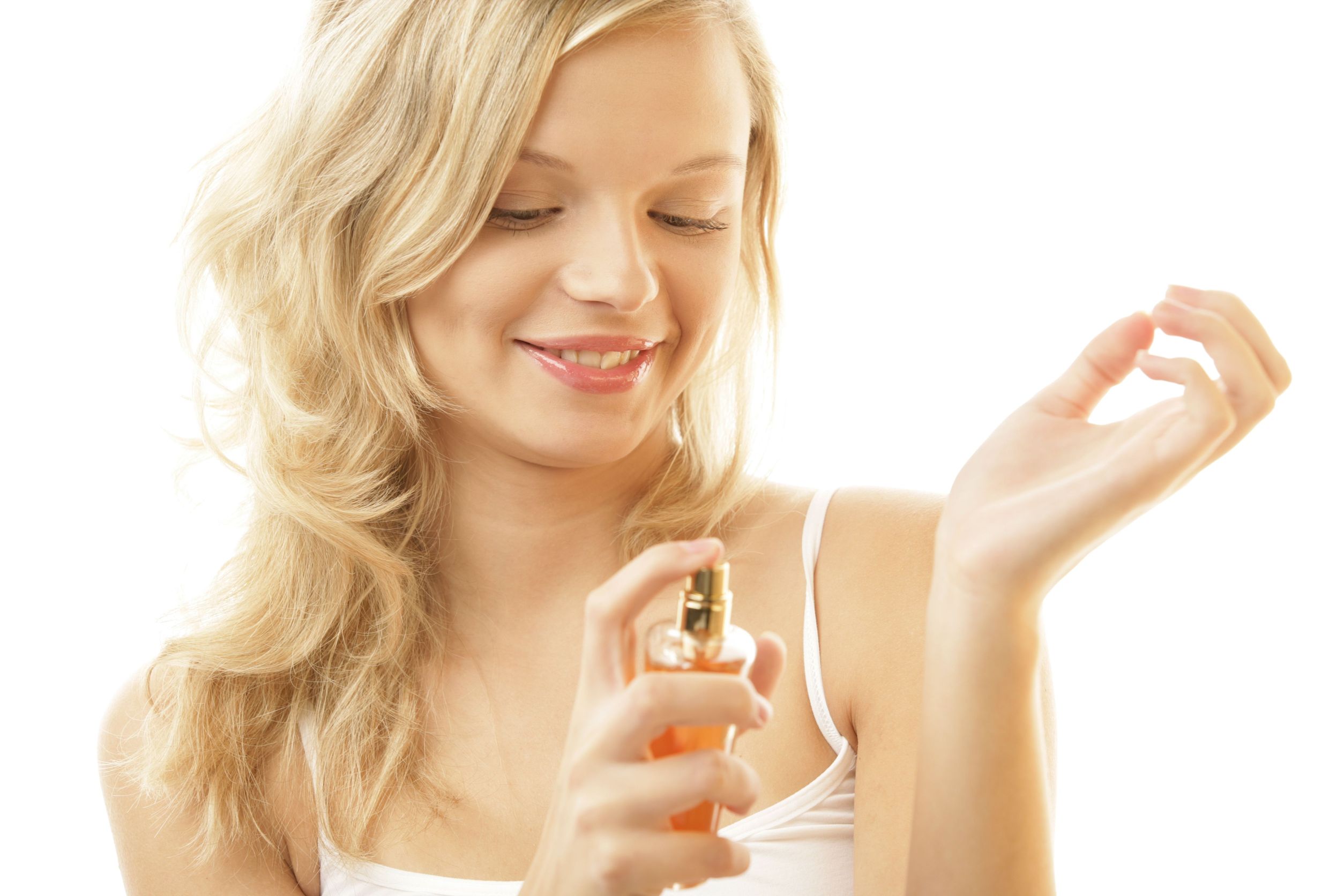 The global beauty industry consists of skin care ($24 billion), makeup ($18 billion), hair care ($38 billion), and perfume ($15 billion).
The global beauty industry consists of skin care ($24 billion), makeup ($18 billion), hair care ($38 billion), and perfume ($15 billion). -
8.
 George Washington would sometimes wear lipstick, a powdered wig, and makeup.
George Washington would sometimes wear lipstick, a powdered wig, and makeup. -
9.
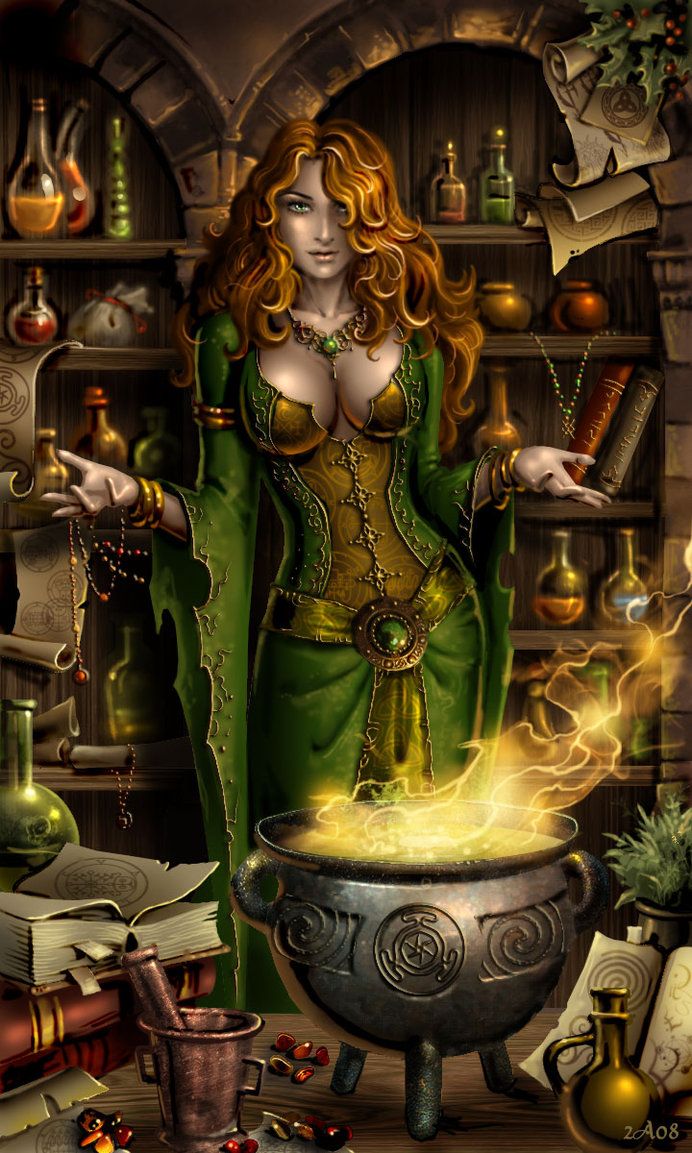 Medieval women would swallow arsenic and dab bat’s blood on their skin to improve their complexion.
Medieval women would swallow arsenic and dab bat’s blood on their skin to improve their complexion. -
10.
 Approximately 80% of American women wear lipstick, which is about 10% more than French women.
Approximately 80% of American women wear lipstick, which is about 10% more than French women. -
11.
 In the 18th century, Americans used the warm urine of young boys in an attempt erase their freckles.
In the 18th century, Americans used the warm urine of young boys in an attempt erase their freckles. -
12.
 Americans spend more each year on beauty than they do on education.
Americans spend more each year on beauty than they do on education. -
13.
 Lash Lure, a brand of mascara in the 1930s, painfully killed one woman and permanently blinded several others. It was made from a highly toxic substance called paraphenylenediamine, a chemical used for tinting leather and clothes.
Lash Lure, a brand of mascara in the 1930s, painfully killed one woman and permanently blinded several others. It was made from a highly toxic substance called paraphenylenediamine, a chemical used for tinting leather and clothes. -
14.
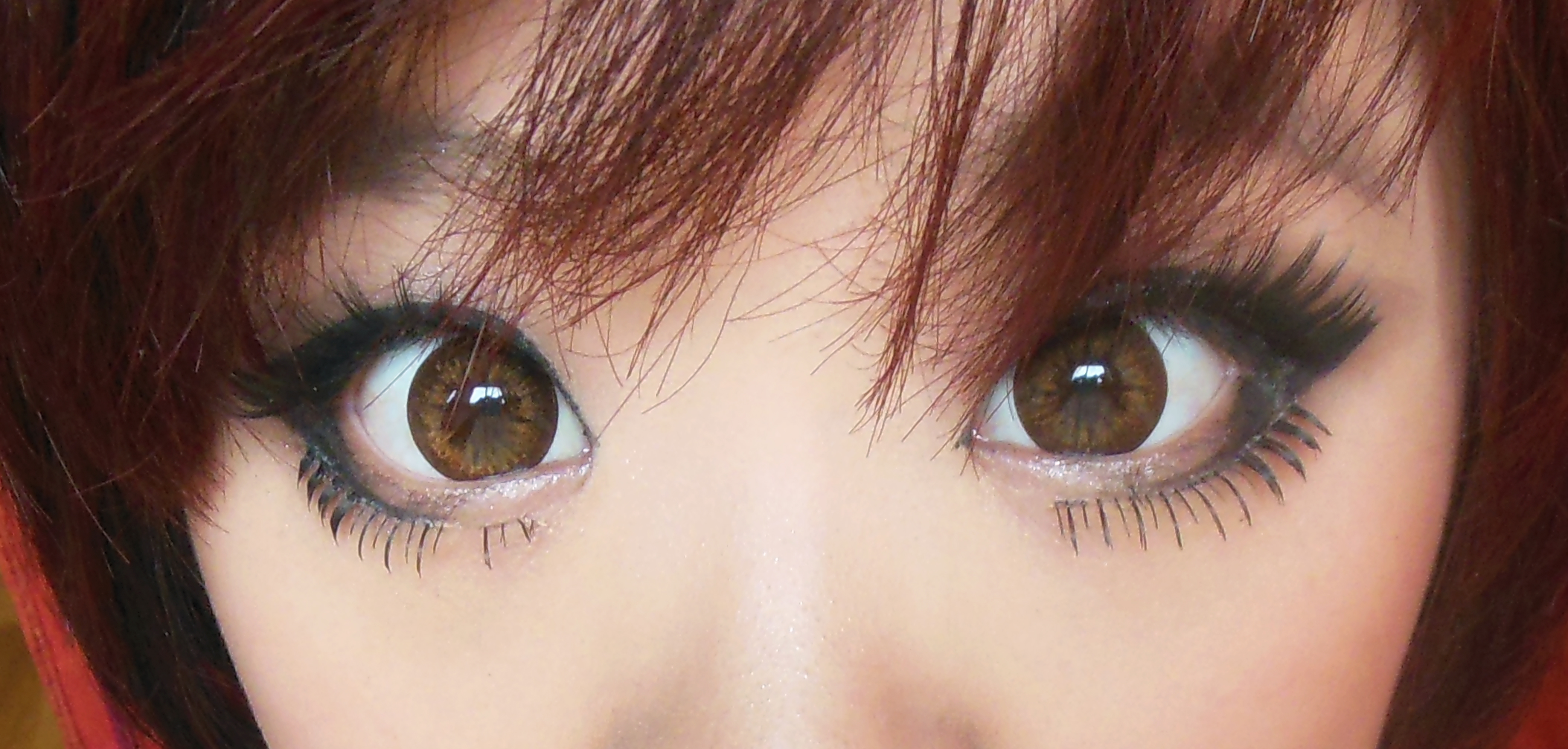 Roman women would use belladonna (“pretty lady”) drops to dilate their pupils in an attempt to make themselves appear more beautiful and sexually aroused. Unfortunately, the drops were poisonous, with such adverse effects as visual distortions, increased heart rate, inability to focus and, with prolonged use, death.
Roman women would use belladonna (“pretty lady”) drops to dilate their pupils in an attempt to make themselves appear more beautiful and sexually aroused. Unfortunately, the drops were poisonous, with such adverse effects as visual distortions, increased heart rate, inability to focus and, with prolonged use, death. -
15.
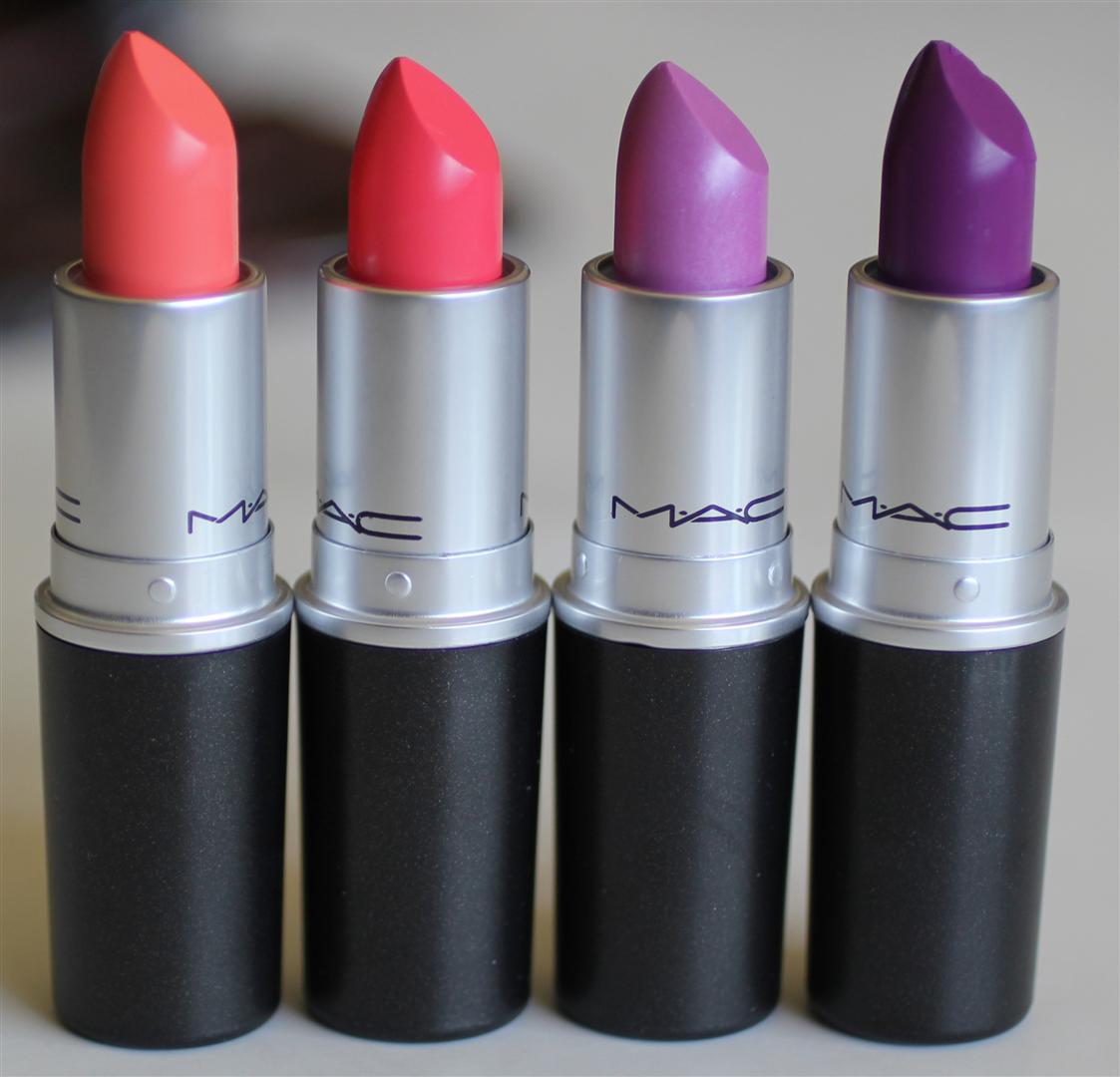 The first swivel-up lipstick in a tube appeared in 1923.
The first swivel-up lipstick in a tube appeared in 1923. -
16.
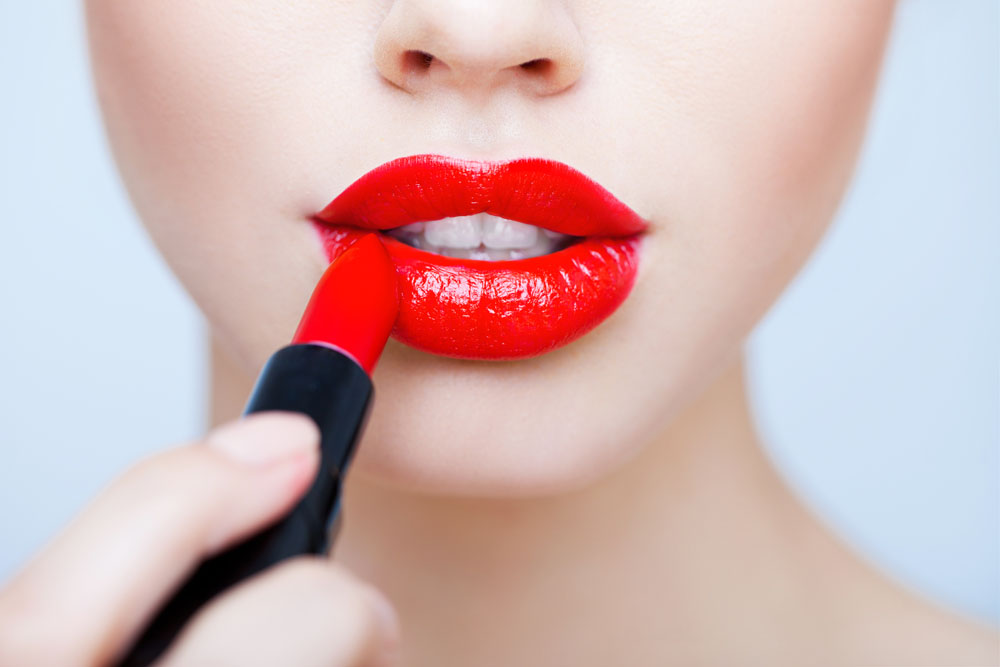 Known as the “lipstick effect,” lipstick sales tend to increase during economic recessions—as well as on rainy days.
Known as the “lipstick effect,” lipstick sales tend to increase during economic recessions—as well as on rainy days. -
17.
 Lipstick first appeared approximately 4,000–5,000 years ago in ancient Mesopotamia when women ground precious gems into dust to decorate their lips.
Lipstick first appeared approximately 4,000–5,000 years ago in ancient Mesopotamia when women ground precious gems into dust to decorate their lips. -
18.
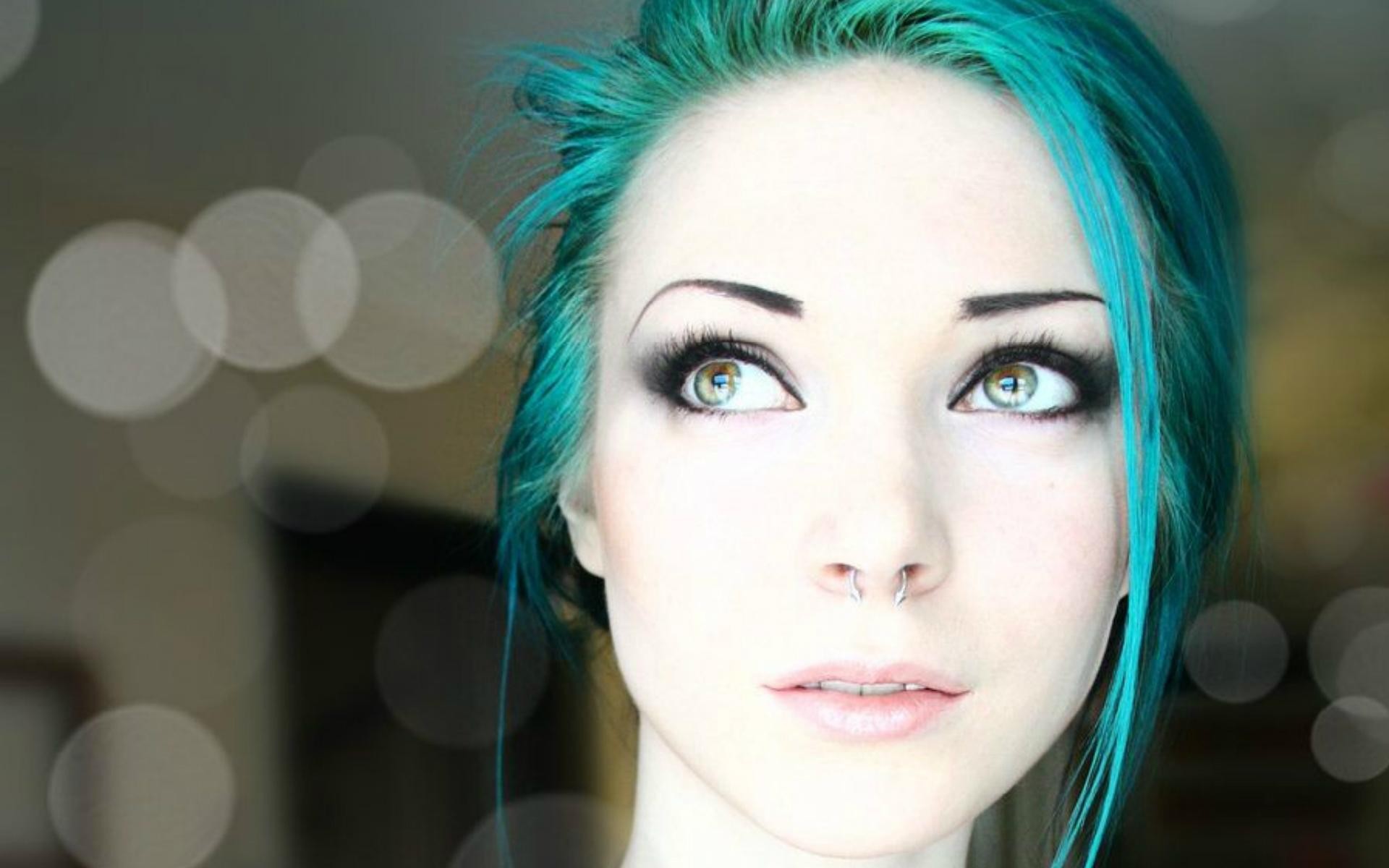 Eugene Schueller, the founder of L'Oreal, invented modern, synthetic hair dye in 1907.
Eugene Schueller, the founder of L'Oreal, invented modern, synthetic hair dye in 1907. -
19.
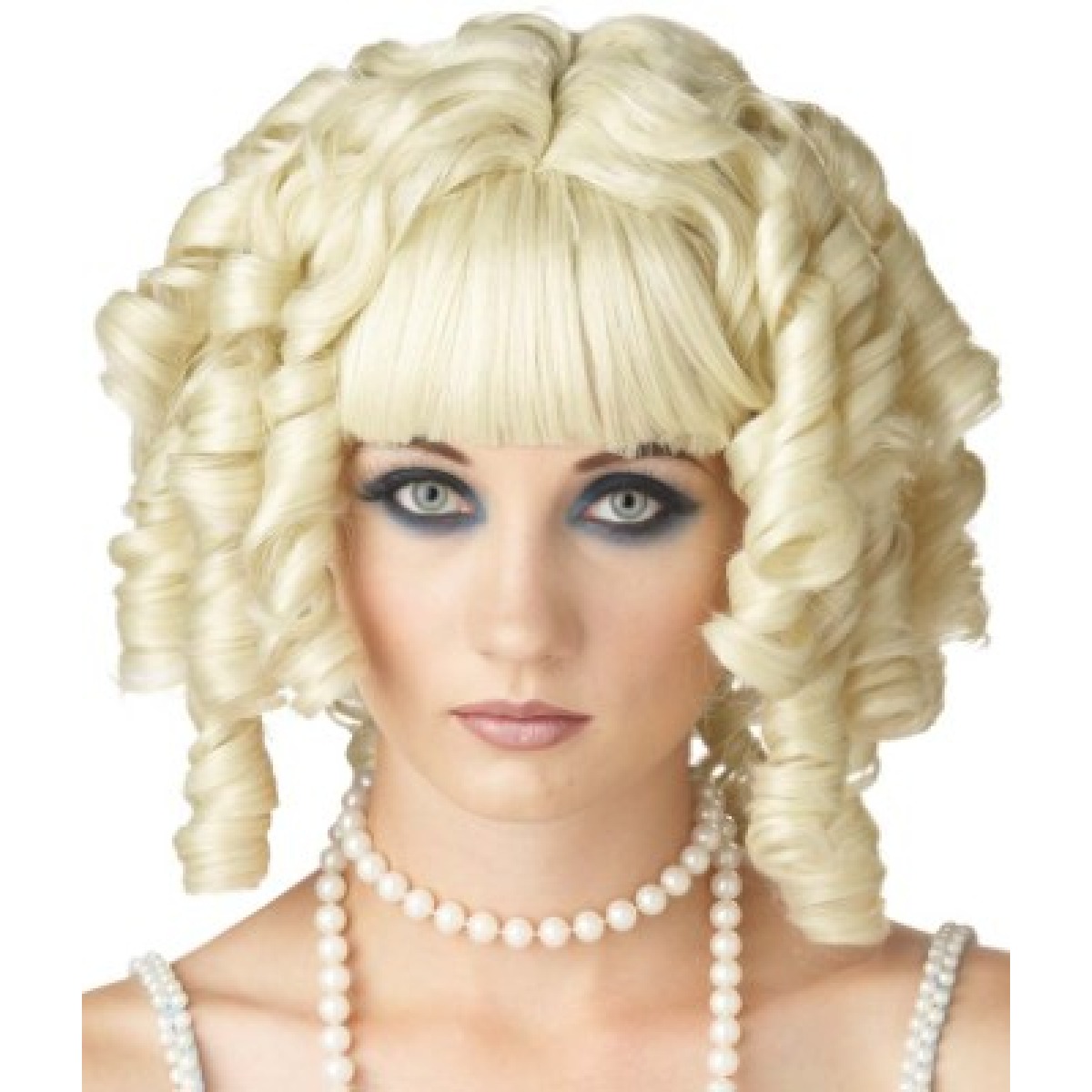 In ancient Greece, women would lighten their hair using plant extracts or arsenic.
In ancient Greece, women would lighten their hair using plant extracts or arsenic. -
20.
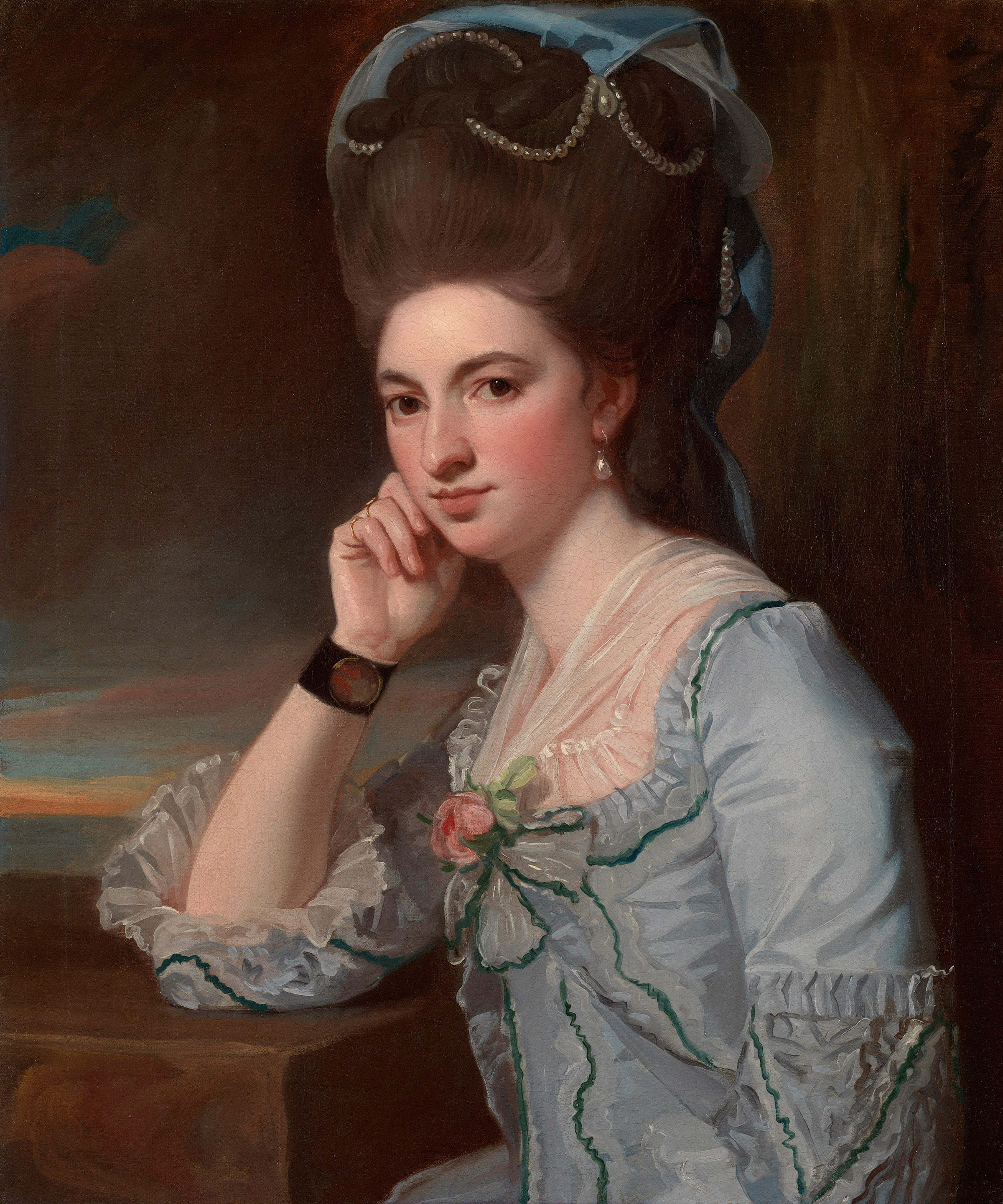 In the 18th century, members of the French Court desired alabaster skin. To achieve this, they would wear thick layers of white powder, which was made from white lead, talc, and pulverized bone combined with wax, whale blubber, or oil.
In the 18th century, members of the French Court desired alabaster skin. To achieve this, they would wear thick layers of white powder, which was made from white lead, talc, and pulverized bone combined with wax, whale blubber, or oil. -
21.
 During the Roman era, lipstick was a social marker, and even men painted their lips to indicate their rank.
During the Roman era, lipstick was a social marker, and even men painted their lips to indicate their rank. -
22.
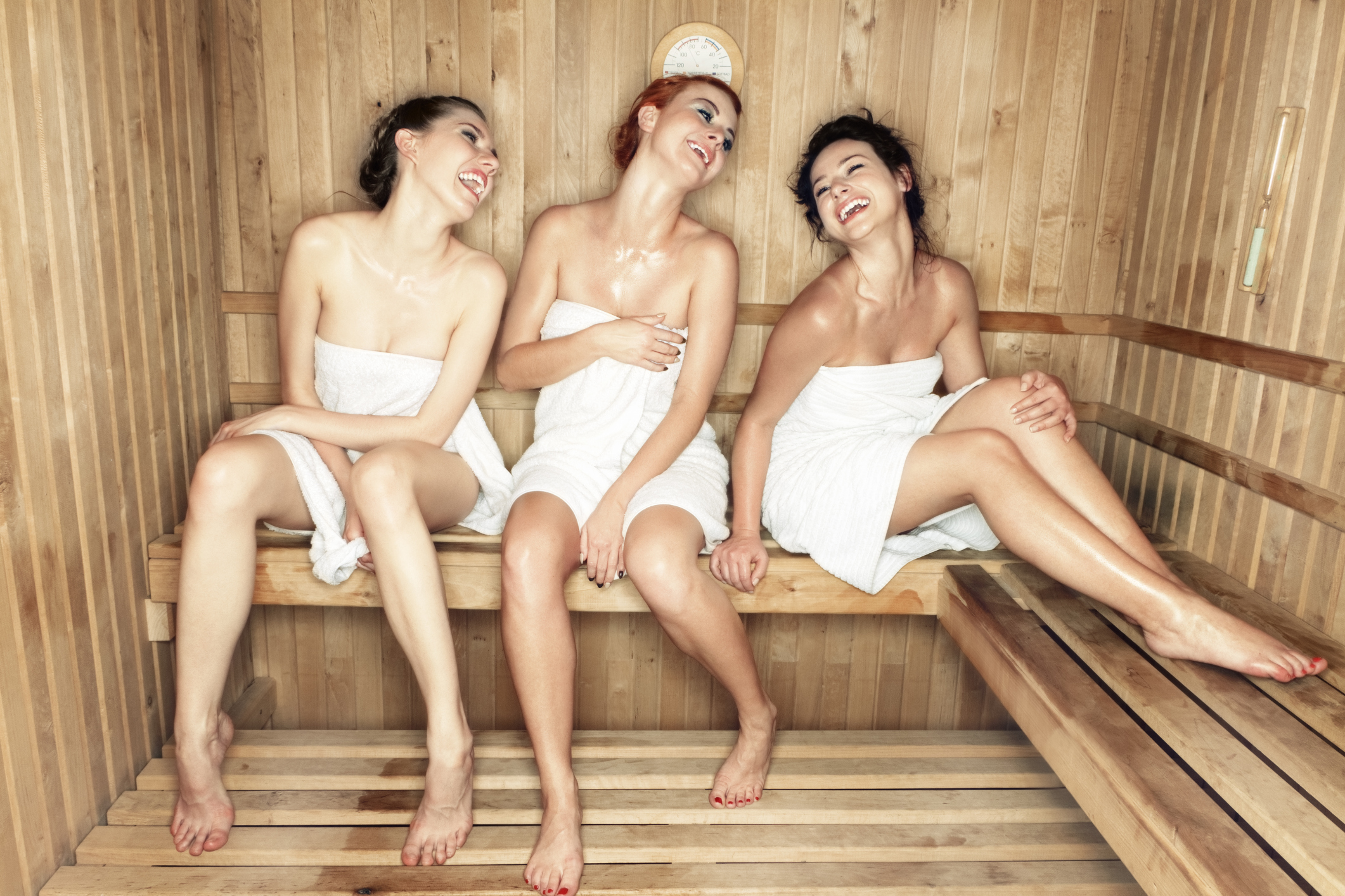 A “vajacial” is a cleansing procedure for the vagina. It might involve an antibacterial wash, a papaya enzyme mask and waxing.
A “vajacial” is a cleansing procedure for the vagina. It might involve an antibacterial wash, a papaya enzyme mask and waxing. -
23.
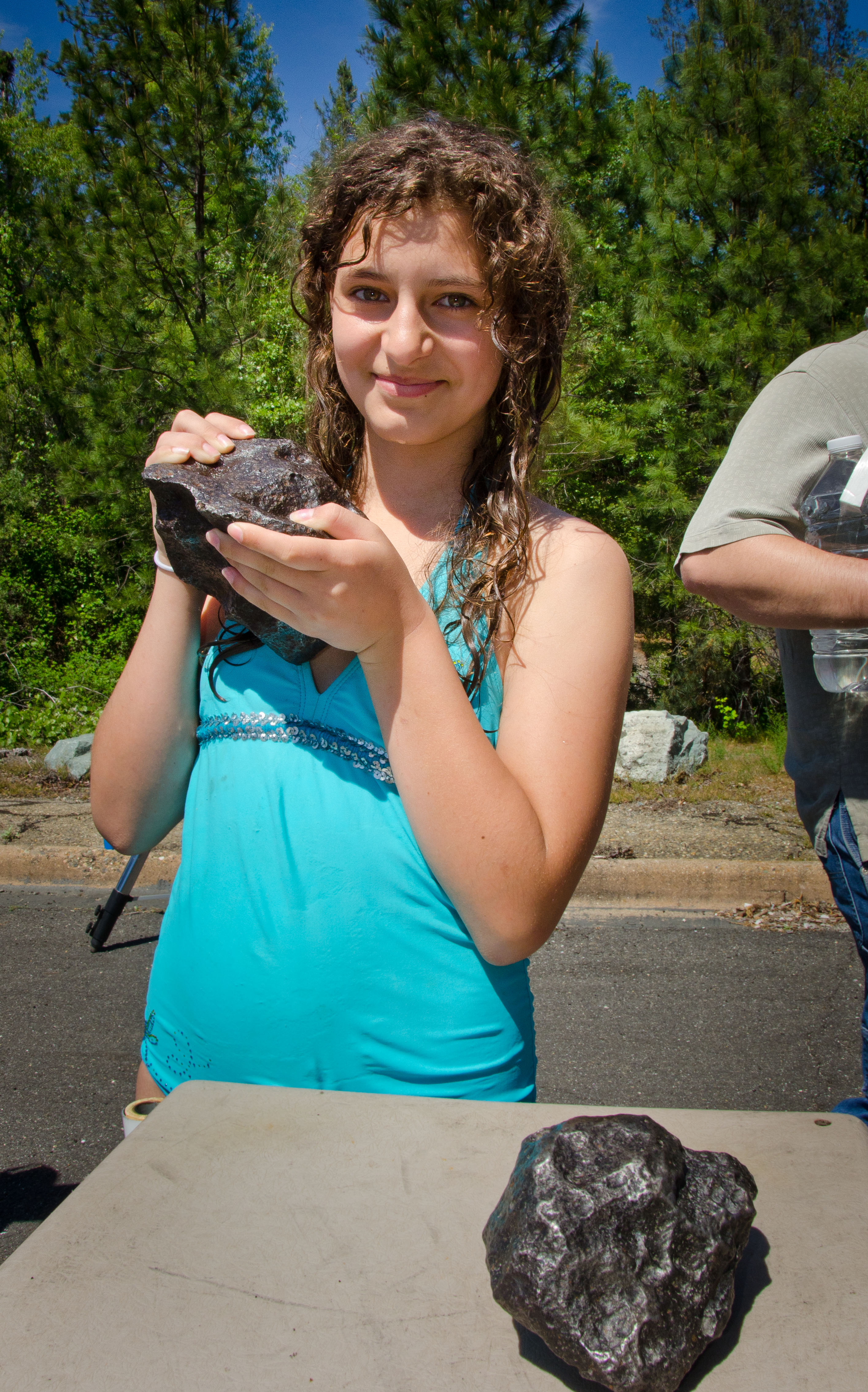 Face creams have been made from everything from caviar to snail slime, but a recent trend advertises a cream made from meteorites.
Face creams have been made from everything from caviar to snail slime, but a recent trend advertises a cream made from meteorites. -
24.
 Whale vomit, or whale poo (a.k.a. ambergris), is often found in fancy perfumes because it helps other fragrances last longer. It costs as high as $200 per gram.
Whale vomit, or whale poo (a.k.a. ambergris), is often found in fancy perfumes because it helps other fragrances last longer. It costs as high as $200 per gram. -
25.
 During the 1400s, women would apply ceruse to their faces and bosoms to appear paler. Unfortunately, ceruse was made from not just vinegar but powdered lead, which rapidly ate away the skin and caused lead poisoning, hair loss, mental retardation, and even death.
During the 1400s, women would apply ceruse to their faces and bosoms to appear paler. Unfortunately, ceruse was made from not just vinegar but powdered lead, which rapidly ate away the skin and caused lead poisoning, hair loss, mental retardation, and even death. -
26.
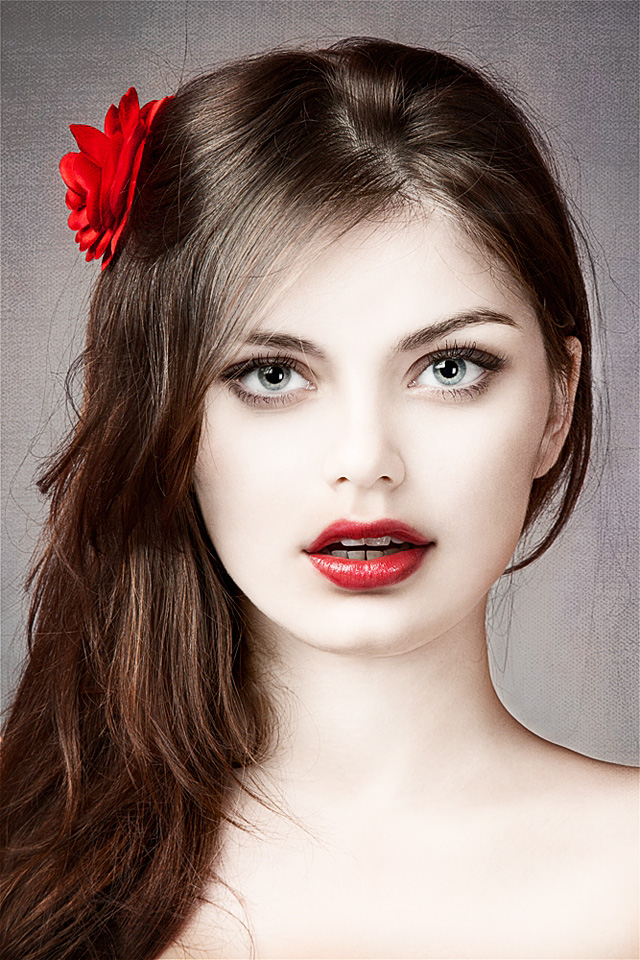 In an effort to maintain a porcelain complexion, young women in 18th-century Spain would eat clay, even though it could lead to anemia or chlorosis (an iron deficiency that may cause a green tint to the skin).
In an effort to maintain a porcelain complexion, young women in 18th-century Spain would eat clay, even though it could lead to anemia or chlorosis (an iron deficiency that may cause a green tint to the skin).
- REPLAY GALLERY
-

- 26 Amazing Facts About Makeup and Cosmetics
- NEXT GALLERY
-

- 34 Awesome GIFs to Entertain You
Roman philosopher Plautus once quipped, “A woman without paint is like food without salt.
26/26
1/26







0 Comments